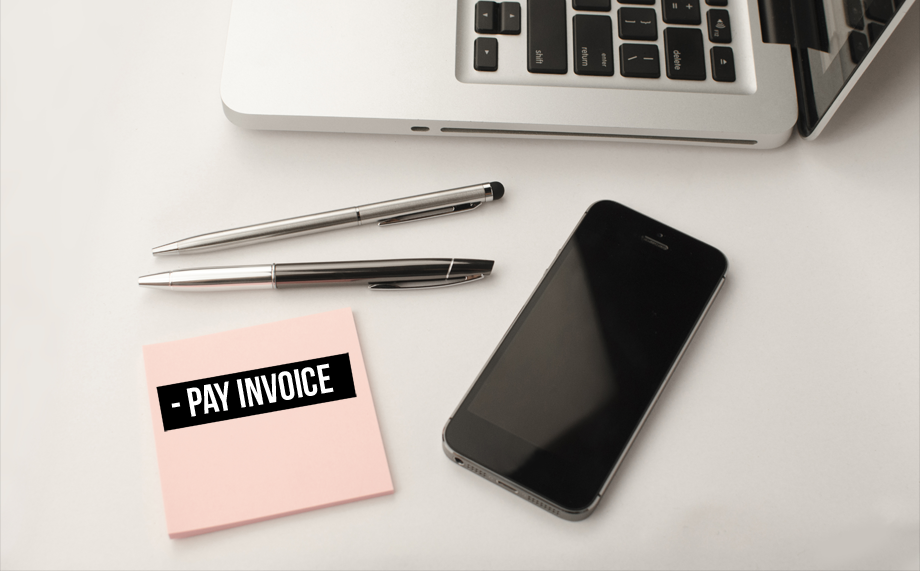If there were ever two things that go hand-in-hand, it’s the invoice and the reminder. An invoice issued can stand on its own, especially when a payment soon follows. But if payment is late, a reminder provides added support to the invoice, bolstering its importance and nudging it closer to getting paid.

When to send a reminder
The reminder letter is likely familiar to entrepreneurs and small businesses owners. But it’s commonly an option that is easy to overlook for those new to invoicing software like Debitoor, or for those who’ve just taken the first steps into self-employment.
It should be seen as part of the invoicing process, a useful way to ensure that payment for your product or service is received. But sending a reminder is often considered a delicate process - as it should be friendly (at least in the beginning) yet assertive and professional.
From a commercial point of view it is a necessary document that is not strictly for accounting purposes. It is never pleasant to receive a reminder that you have an unpaid bill.
Logically, a reminder is sent when once the due date for payment on an invoice has passed but payment has not yet been received. But should it be sent right away or are there times when perhaps it’s better not to send a reminder at all?
As with many things involving your business, sometimes this will fall to your own judgement, based on a number of factors such as:
- The relationship you have with the customer
- The liquidity of your business
- Your customer’s liquidity
- The business/socio-economic context (such as a general economic crisis or involving a particular industry)
Taking these into consideration when determining whether and when it is appropriate to send a reminder can provide you with clearer answers when the situation is less than straightforward.
How to send a reminder
Once you’ve decided on sending a reminder comes the process of creating it properly and getting it to your customer on a timely basis. If you’ve already sent a reminder (or 2 or 3), it might also be time to reconsider your wording and/or adding a late fee.
In Debitoor, it’s easy to send up to 4 reminders (though it hopefully won’t come to that, and may not be advisable, depending on your business relationship) and include fees for late payments. A reminder has the same layout as your invoice template but with a different title, and a customisable message.
A very important aspect of the reminder is the message and the tone. Which is why, in Debitoor, we provide a standard text that maintains a friendly tone, to make it easy to send a reminder without overthinking it or allowing emotions to influence your message.
The first reminder should always rely on trusting your customer. That it is a simple matter of an overlooked due date or a missed note in a calendar. There could be many trivial reasons that a payment is not received. From bank transfer issues to holidays. This of course, doesn’t apply to those customers who always seem to have some kind of excuse, each and every time their payment date passes.
Spacing 4 reminders out over a number of weeks is providing more than enough leeway for the customer who is simply forgetful. After that it might be time to start considering your other, legal options for pursuing payment. See our article: ‘6 tips for when your customer doesn’t pay your invoice’.
